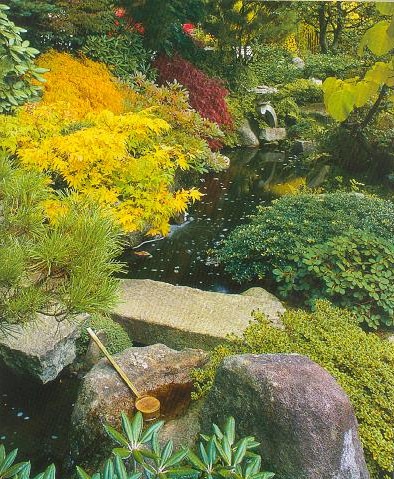Bridges and stepping-stones not only provide a way to cross a pond or stream, but they also enable you to enjoy the pond from a different viewpoint. Plan these features when designing the pond rather than incorporating them as add-ons later.

Wooden Bridges


